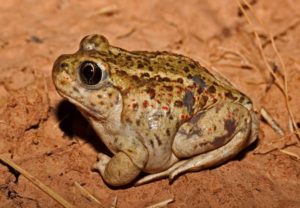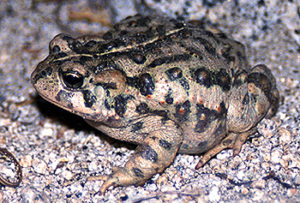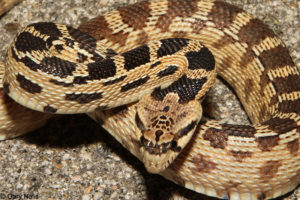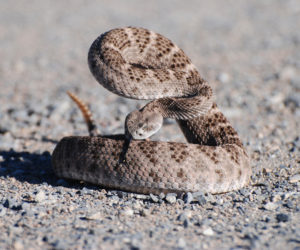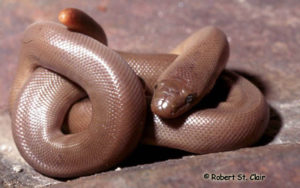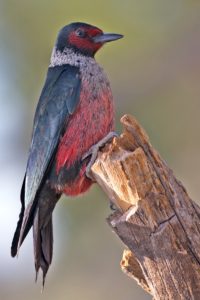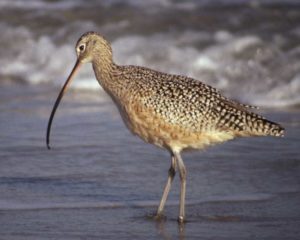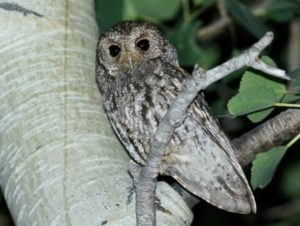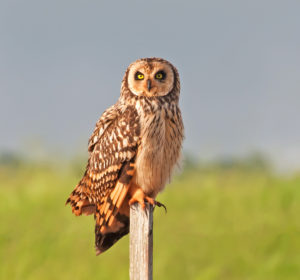Monarch Butterfly
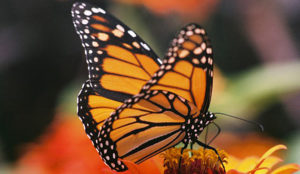
Last COSEWIC designation: November 2001
SARA risk category: Special Concern
Description: The adult Monarch is a bright orange butterfly with heavy black veins and a wide black border containing two rows of white spots. The wingspan is about 10 cm. Monarch larvae or caterpillars are striped yellow, black and white; they grow to about 5 cm in length.
Habitat: Monarchs in Canada exist primarily wherever milkweed (Asclepius) and wildflowers (such as Goldenrod, asters, and Purple Loosestrife) exist. This includes abandoned farmland, along roadsides, and other open spaces where these plants grow.
Threats: Environmental conditions and loss of breeding habitat pose threats to all Monarchs. Threats for the western population include real estate development along the Californian coast, which infringes on the wintering sites of the western population.

